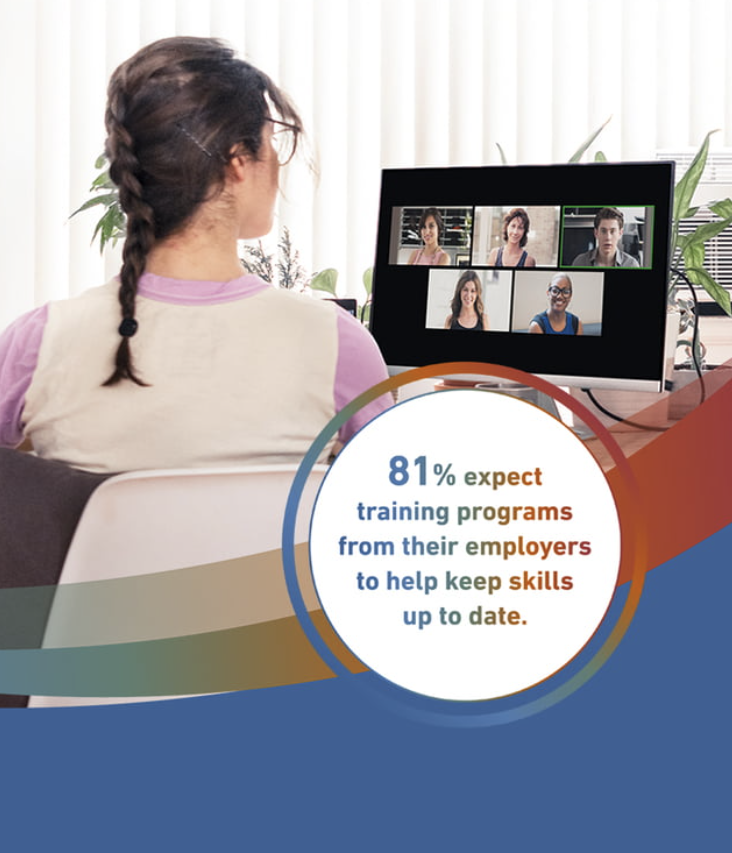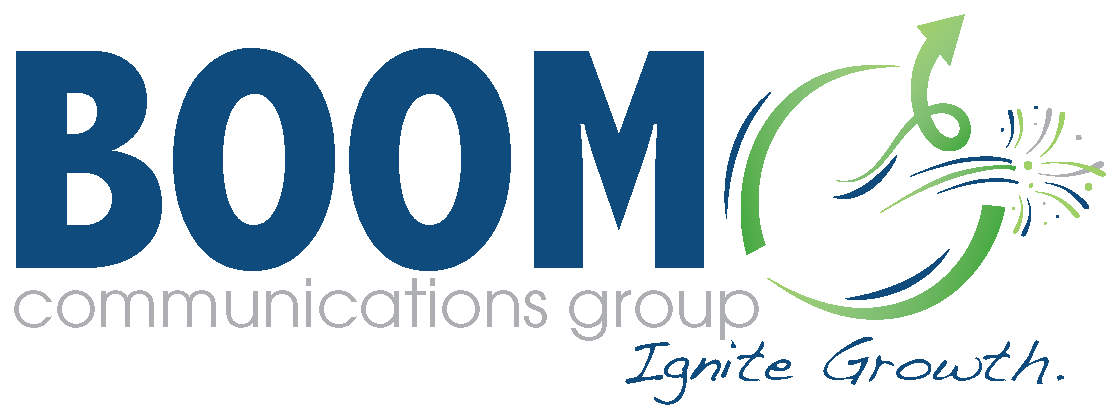
Upskilling and Reskilling Your Employees in 2023
Businesses must evolve to survive the fast pace of advancement today. There are countless ways your business will change over the next few years, from adopting new technology to finding growth opportunities. Is your workforce ready to meet that change while combating challenges like talent shortages?
Upskilling and reskilling employees generate new opportunities for your workforce while filling talent gaps to improve productivity and strengthen your workforce.
Learn five tips to build a successful upskilling and reskilling strategy in your company.
Key Takeaways:
- Upskilling and reskilling equip your employees with new knowledge and tools to improve their job performance.
- Upskilling and reskilling fill current talent shortages, boost productivity, and improve employee satisfaction.
- Use mentorship and training programs to invest in your employees and support their career growth goals.
What Is Upskilling and Reskilling?
Employees regularly update their tools, like computers and software. Without regular updates, your systems don’t run smoothly. However, your employees are far more valuable than workplace tools. So, they should receive the same level of attention to ensure they’re working with the most updated skills and knowledge.
Upskilling and reskilling are two backbones of workforce management in 2023.
Upskilling employees is building on your employees’ current skills. That way, they can move up in the company or perform their tasks more efficiently. For example, entry-level sales agents can continually upskill until they learn enough skills to become supervisors.
Meanwhile, reskilling is teaching your employees new skills. This allows them to move laterally to fill new positions in the company. For instance, an employee in the financial department can learn IT skills to move to the tech department.
Why Is Upskilling and Reskilling Important?
Upskilling and reskilling benefit employees and the business by boosting productivity and employee satisfaction. Here are three primary benefits of investing in your employees’ growth.
Avoids Labor Shortages
Nearly every business has felt the effects of the labor shortage, as there are four million more jobs than talent to fill those jobs. Additionally, labor force participation is only at 62.3%.
Instead of struggling to fill new roles, employers can upskill and reskill current employees to fill key roles in the business, like talented sales agents. This allows companies to transition employees to new positions seamlessly. Moving employees internally also means you have a shorter onboarding process.
Increases Employee Satisfaction
Employees are happier when they receive training and have advancement opportunities. Surveys show that 81% of employees expect training programs. Satisfied employees will be more productive and stay longer at the company.

Builds More Talent
Customer and company needs are ever-changing, so your employees should as well. Upskilling and reskilling teach your employees to meet your business’s new demands. Businesses estimate they will need to reskill 40% of employees.
For instance, adopting new technology will increase the need for IT skills in all departments, including sales. Instead of hiring outside IT talent, you can train current sales agents in the new equipment and software.
5 Tips to Upskill and Reskill Employees
Use these five tips to build your company’s upskilling and reskilling strategy.
1. Invest in Career Conversations
Career conversations are talks between employers and employees about what employees want from their job. Your company’s upskilling and reskilling options should align your company goals with your employees’ career goals.
Career conversations also help you understand your employees and their unique skills. That way, you can build on those skills to develop more talent within your company.
Career conversations also establish roadmaps. The roadmap outlines what the employee needs to do to accomplish their career goal. In the roadmap, include what certifications, training, and upskilling tasks the employee needs to complete before moving to the next step of their career growth.

2. Build Mentorship Programs
A staggering 84% of U.S. Fortune 500 companies use mentorship programs. In addition, companies that have mentorship programs saw higher profits than those that don’t.
Mentorship programs pair experienced workers with those that have less experience. Then the experienced employees can pass on their knowledge. Mentorship often occurs on the job. As employees complete tasks, mentors provide advice and feedback to foster growth.
Mentorship works well for preparing employees to take over positions before the current employee retires or moves jobs.
3. Offer Self-Learning Resources
Each person learns in different ways and at different rates. Self-learning allows employees to learn at their own pace.
Some resources you can provide are:
- eBook guides
- Educational blog posts
- Webinars
- Online courses
- Educational podcasts
4. Hold Regular Training
Your company can join 83% of businesses that offer corporate training. Formal training can increase employee participation in upskilling and reskilling. Corporate training is often in a group and provides hands-on learning opportunities for employees.
If you outsource your training, you can also access new talent that you might not be able to provide in-house.
Corporate training can teach hard skills like processes, software, tasks, and industries. Your employees can also learn soft skills like improved communication and conflict resolution. These skills will improve how your employees perform current tasks and equip them with the skills to move to new areas in the business.
5. Use Microlearning
Microlearning is teaching employees in small segments rather than all at once. If you try and teach everything your employees need during onboarding, they won’t retain nearly as much information as gradually upskilling throughout their career with refresher courses and new skills.
Studies show that the average person forgets 80% of what they learn within a month. If someone doesn’t actively use information, they will slowly forget it. However, every time that person relearns that information, they understand it easier and retain it longer.
Companies that want to improve their upskilling strategy will focus on regular small training rather than a few large training programs.
Create More Opportunities for Growth
Successful businesses remain agile and ready to adjust as the needs of customers and the business change. When change occurs, you can meet it easier with a fully developed upskilling and reskilling strategy.
Use your reskilling and upskilling strategies to fill talent needs, increase productivity, and boost your company’s growth to create new opportunities.
Contact us to learn how we help you use your new talent to grow your business through sales and marketing opportunities.
